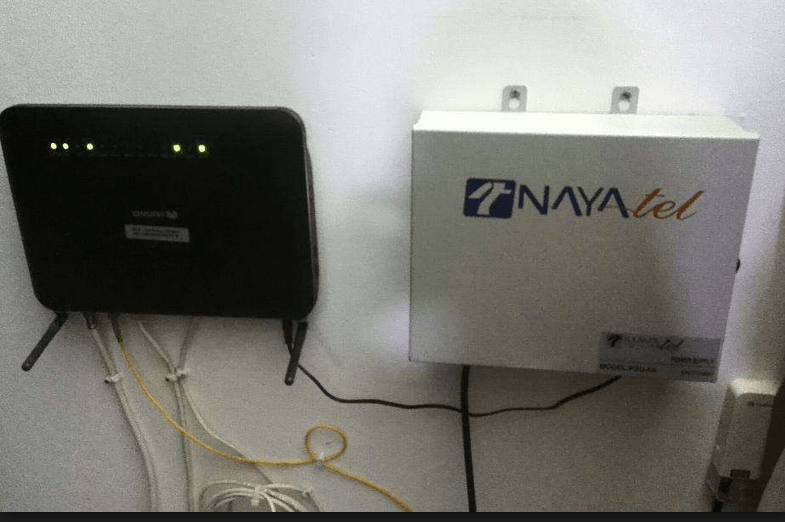Customers are expecting wireline-based telephones being highly reliable and stable. That includes availability of making calls to fire, police and hospital personnel even during electric power outages. Modern telephones are usually powered additionally of electric power (meaning that those cannot work only from telephone-line powering).
FTTP network is not providing electricity, therefore it requires highly reliable electric powering backup system (the minimum requirement for this backup system is eight hours). There are three options of power supply installation:
In scenario, where ONT is allocated inside the premises we install Indoor Power Supply. This power supply is easy to install and electrical source is close by (no need to create expensive and reliable power grid). This allows to deploy FTTP network rapidly and at low cost. ONU requires a 12-V dc supply and consumes about 15W power from UPS (Uninterruptible Power Supply). In case of a power outage the reduce of power consumption is used. In power saving state an GEPON ONU is consuming 7W of power.
Table 1 General specifications of an indoor UPS
| Characteristic | Requirement |
| Voltage | 12V |
| Power | 15W (minimum) |
| Power connection | 110/220V external supply; secured plug attachment to an indoor power source |
| Status monitoring signals | Battery on Low battery Replace battery Battery missing |
| Battery issues | Seven ampere-hour capacity; easily accessible and replaceable by the customer |

Figure 1: GPON ONT with UPS in Pakistan
OLT is receiving a signal when the battery needs to be replaced. The customer himself could replace the battery. If the service provider has the task to do this it will result in adding expenses and technician should have access to local premises.
Another scenario is having ONT allocated outside the building. UPS should have power line running from building, protected and meeting outdoor safety requirements. Electronic components should be able to survive the temperature extremes, moisture and intrusion attempts. All these conditions increase the cost of installation. However, equipment is more accessible and easier to maintenance by service provider (access to the customers premises is not required).
Table 2 General Specifications of an Outdoor UPS
| Characteristic | Requirement |
| Voltage | 12V |
| Power | 15W (minimum) |
| Power connection | 110/220V external supply; secured plug attachment to an indoor power source |
| Status monitoring signals | Battery on Low battery Replace battery Battery missing |
| Battery issues | Seven ampere-hour capacity Easily accessible and replaceable by a service technician Battery may need to endure very cold environments |
Last scenario is called Network Powering. In this scenario large UPS is installed outside in an outdoor cabinet or on a pole. This UPS is connected to normal twisted-pair copper wires, going to the multiple homes or businesses. For this purpose 48V dc UPS is used requiring step-down transformer at each ONT.
In such UPS solution are some drawbacks:
- secure contract with electric power company
- step-down transformers
- high cost of 48V dc UPS
- individual copper wires to each premises
- large outdoor enclosure
- the capacity of UPS might be underused in some case
You can check variety of ONU’s we offer in product page.


